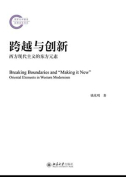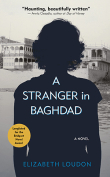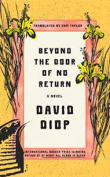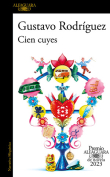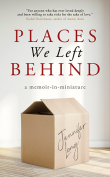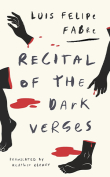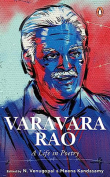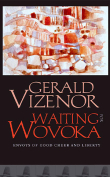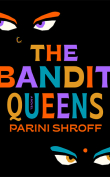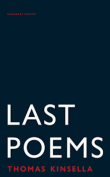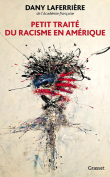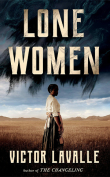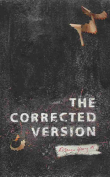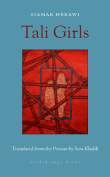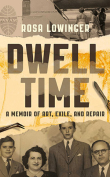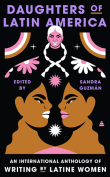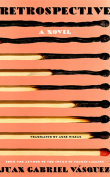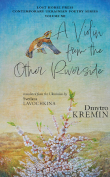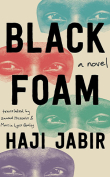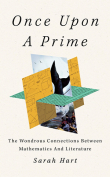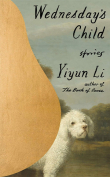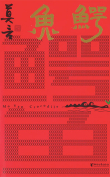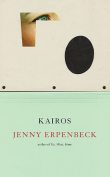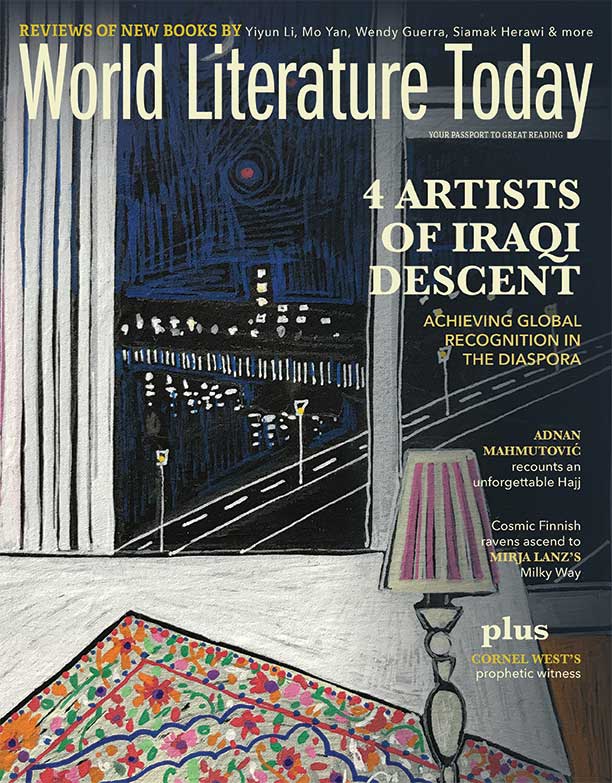Once upon a Prime: The Wondrous Connections between Mathematics and Literature by Sarah Hart
 New York. Flatiron Books. 2023. 304 pages.
New York. Flatiron Books. 2023. 304 pages.
To many, mathematics is quite separate from literature; however, that is very far from reality. Mathematics has remained an indispensable part of any ideal curriculum. Aficionados of literature have consistently demonstrated a profound appreciation for mathematics. For instance, Chaucer not only wrote The Canterbury Tales but also authored a treatise on the astrolabe. Plato insisted that only those with knowledge of geometry be allowed into his academy. Bertrand Russell, a Nobel laureate in literature, was also a highly accomplished mathematician. Wordsworth recognized mathematics as a distinct realm built on pure intellect, and John Locke considered mathematics a means to cultivate a habit of logical reasoning. Even renowned figures like the Persian poet Omar Khayyam and Lewis Carroll excelled in both mathematics and literature. Mathematics has always been an integral part of a well-rounded individual’s cultural understanding. It also held a prominent place in Plato’s quadrivium, encompassing arithmetic, music, geometry, and astronomy.
In her captivating book Once upon a Prime, Sarah Hart recounts her initial reluctance to delve into the pages of Moby-Dick. However, her curiosity was piqued when she discovered a reference to the cycloid within the novel. This prompted her to contemplate the profound connections between mathematics and literature. The impact of this experience on Hart’s life was nothing short of transformative—she describes it as an epiphany that forever altered her perspective. Mathematics, with its capacity to enrich and liberate the mind, holds such profound influence that even Blaise Pascal sought solace from the agony of a toothache by immersing himself in thoughts of the cycloid. Hart further highlights how luminaries like Tolstoy, Joyce, Arthur Conan Doyle, Chimamanda Ngozi Adichie, and Michael Crichton seamlessly integrated mathematics into their literary works, granting mathematicians a notable and coveted presence within the pages of their masterpieces. It is worth noting that the interplay between mathematics and literature is not a recent phenomenon, as evidenced by Aristophanes’ play The Birds, which debuted as early as 414 bce and showcased these intricate connections.
The book commences by asserting that the connections between mathematics and poetry are not only profound but remarkably accessible. Subsequently, the author artfully unveils what is referred to as the “geometry of narrative,” a visual methodology for organizing a story. One illustrative example is the concept of “Man in a Hole.” By assigning the vertical axis (y-axis) to represent fortune and the horizontal axis (x-axis) to signify time, a rising curve denotes increasing fortune, while a descending curve signifies declining fortune. Through this approach, narratives can be mapped onto graphs and graphs can be associated with tales. For instance, the novel David Copperfield aptly corresponds to a “Man in a Hole” graph. The author proceeds to exemplify this concept by presenting graphs that represent well-known classic genres such as “boy meets a girl,” “Cinderella,” and “metamorphosis.”
Hart delves into a fascinating workshop that brings together writers with a penchant for mathematics and mathematicians with an appreciation for literature. She references a notable incident from 1960, in which two French individuals fortuitously encountered a group composed of such individuals. This collective embarked on an exploration of innovative structural possibilities for various literary forms, including poetry, novels, and plays. One remarkable example of their endeavor is the French novel La Disparition, by Georges Perec. Additionally, Ernest Vincent Wright’s English novel Gadsby pursued a similar path. These novels successfully accomplished the feat of excluding the letter e from their narratives, showcasing the extraordinary possibilities that emerged from this unconventional approach.
In her remarkable debut book, Sarah Hart, who holds the esteemed distinction of being the first woman to occupy England’s oldest mathematics chair, presents a series of exquisitely crafted explorations that highlight the profound ways in which mathematics can be harnessed to create compelling narratives. She delves into diverse aspects, such as the use of mathematical metaphors in fiction, the incorporation of mathematical principles into mythical realms, and the portrayal of mathematical geniuses in literature. Hart’s astute observations and analyses captivate, shedding light on the abundant presence of mathematics within the realm of literature. Moreover, Hart ventures beyond conventional boundaries, unveiling a realm of untapped possibilities in literature by demonstrating how mathematics can be effectively employed to construct narratives of various kinds, accompanied by corresponding graphs that depict the rises, plateaus, and declines of story arcs.
This book stands as a marvel, an essential read for both literature enthusiasts and mathematics aficionados alike, as it seamlessly unites these two domains in a captivating and illuminating manner.
Firdous Ahmad Mala
Amar Singh College, Jammu and Kashmir, India
